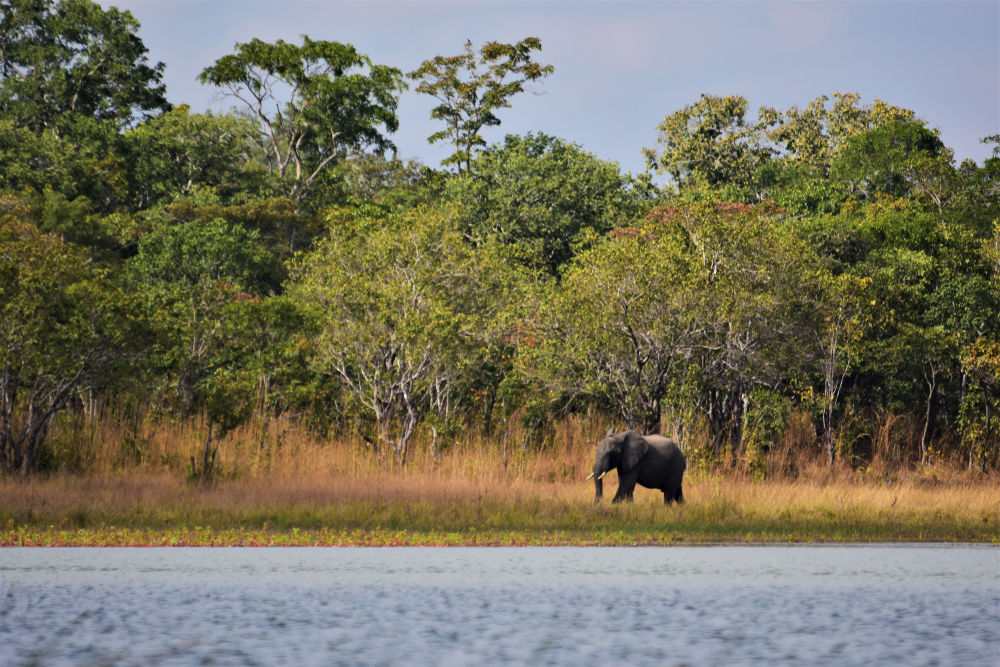Kasungu Overview
Kasungu National Park, known locally as “Kasungu National Park,” is Malawi’s second-largest protected area, encompassing approximately 2,316 square kilometers in the country’s central region. Established in 1970, the park is situated west of Kasungu town, near the Zambian border, and is characterized by its diverse landscapes, including miombo woodlands, rolling hills, and expansive grasslands.
The park’s terrain is predominantly composed of miombo woodlands interspersed with open savannas and dambos—seasonally flooded grasslands that provide vital water sources during the dry season. While Kasungu lacks significant mountain ranges or waterfalls, its undulating hills and the presence of Lifupa Dam offer scenic vistas and opportunities for wildlife observation. The dam, in particular, attracts various animal species, especially during the dry months, making it a focal point for visitors seeking to experience the park’s fauna.
Historically, Kasungu National Park was teeming with wildlife, including large populations of elephants, buffalo, and antelope. However, extensive poaching in the late 20th century led to a significant decline in animal numbers. In recent years, concerted conservation efforts have been implemented to restore the park’s biodiversity. A notable initiative was the translocation of 263 elephants from Liwonde National Park and Majete Wildlife Reserve to Kasungu in July 2022. This ambitious project, managed by the International Fund for Animal Welfare (IFAW) in partnership with Malawi’s Department of National Parks and Wildlife (DNPW), aimed to bolster the elephant population and enhance genetic diversity within the park.
In addition to elephants, Kasungu is home to various mammal species, including hippos, zebras, and several antelope species. The park also boasts a rich avian diversity, making it a haven for birdwatchers. Species such as the African fish eagle, martial eagle, and various kingfishers can be observed, particularly around water bodies like Lifupa Dam.
Conservation efforts extend beyond wildlife translocation. IFAW, in collaboration with DNPW, has been working since 2015 to address challenges such as wildlife crime, infrastructure development, and capacity building within the park. Community involvement is central to these initiatives, recognizing that sustainable conservation is intertwined with the well-being of local populations. The Kasungu Wildlife Conservation for Community Development Association (KAWICCODA) exemplifies this approach, engaging communities in co-management agreements and promoting sustainable livelihoods that align with conservation goals.
Visitors to Kasungu National Park can engage in various activities, including game drives, bird watching, and guided walks. The park’s proximity to Lilongwe, approximately 175 kilometers away, makes it accessible for tourists seeking an authentic wilderness experience. Accommodations such as the Lifupa Conservation Lodge provide comfortable lodging with opportunities to observe wildlife congregating around the dam.
In summary, Kasungu National Park represents a significant conservation landscape in Malawi, reflecting both the challenges and successes inherent in wildlife preservation. Ongoing efforts to restore animal populations, combat poaching, and involve local communities are pivotal in ensuring that Kasungu remains a vibrant sanctuary for its diverse flora and fauna.










































































